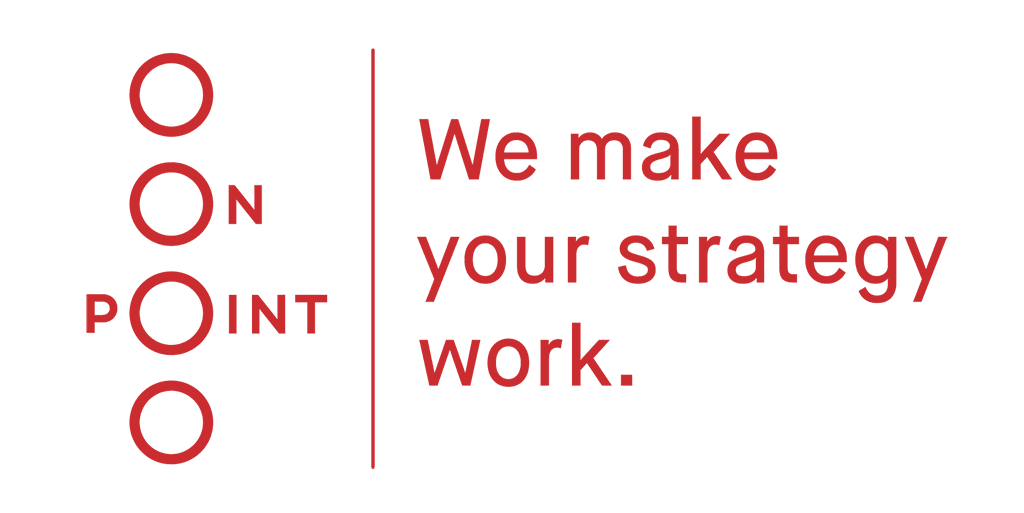ON-POINT Insight #03 - expertise from the consulting frontline
SaaS Projects — Breaking the Groundhog Day Cycle by Kerstin Lehmann
Over the past five years, I have supported several SaaS implementations — some were delayed, one was even cancelled. And with each project, I find myself thinking the same thing: “Here we go again.”
The patterns are striking. The same misconceptions repeat, leading to higher costs, delays, and growing frustration on the customer side.

Why SaaS Projects Keep Repeating the Same Mistakes
SaaS Is Still an Implementation
Even if the provider sells it differently, SaaS usually involves more than just parameterizing — it still needs to be implemented. But that shouldn’t be your concern as the customer. When a provider asks, “How do your business processes work today, and how should they work in the future?”, there’s only one right answer:
“That’s not the point. I bought your SaaS solution — now show me how your standard processes work.”
Takeaway: Don’t let them put the
responsibility back on you.
SaaS Integration: The Hidden Cost
Most SaaS solutions aren’t stand-alone — they need to be integrated into existing systems. That’s where things often get tricky. Integration costs are frequently just as high, sometimes even higher, than the initial SaaS setup — but they’re often ignored in early decision-making.
Takeaway: Integration is non-negotiable.
Don’t underestimate it.
SaaS usually requires data migration.
Most solutions don’t just process transactions — they need master and static data, too. So:
How is your existing data going to get into the new system?
And what about historical data? Most companies aren’t starting from scratch, so data has to be migrated — either manually or automatically.
Takeaway: Don’t forget the data.
SaaS Testing: Business Users Can’t Opt Out
Whether it’s parameter settings or implementation — everything needs to be tested to ensure it works as intended. Testing takes time and effort, and because it requires business know-how, it can’t just be outsourced to an offshore team. Business users need to walk through their own processes.
The issue? Most don’t want to — or don’t understand why it’s necessary.
Takeaway: Testing is essential. Don’t ignore or outsource it.
SaaS Change Management Is Part of the Package
Every SaaS implementation is also a transformation project and requires proper change management. That means processes, guidelines, job roles, and org structures may need to be adjusted. Training needs to happen. Communication around these changes is crucial.
Yes, this all takes time and effort.
Takeaway: Change doesn’t just happen —
it needs active support.
SaaS Project Management Still Matters
Like any project, it needs proper planning, monitoring, and adjustments. The work doesn’t do itself, and the problems won’t fix themselves. On top of that, managing the provider is often more complex than expected and requires experience that not every team has.
Takeaway: Skilled project management is critical. Cutting corners here will cost you later.
SaaS Projects — Breaking the Groundhog Day Cycle
SaaS implementations are often classic system integrations, but providers rarely say it that clearly. And many customers don’t want to hear it. As a result, projects kick off without the right support or experienced system integrators.
Too often, help only arrives once things are already off track — and by then, fixing it takes far more time and money.
So my advice is simple: Don’t wait until it feels like Groundhog Day — call us before the cycle starts again.
At ON-POINT, we bring consulting expertise from the front line — helping you deliver complex projects with confidence. Reach out to Kerstin Lehmann to start the conversation.
